For as long as man has known how to build civilizations, he has erected walls across the world, with the oldest standing proof — the wall of the ancient Sumerian city Uruk — dating back to as far as the 21st century BC. Although those man-made structures have since then served various purposes, one common feature remains the same; a wall will always have two sides whereby a form of authority dictates who is privileged enough to cross to the other side.
From defensive walls with territorial protective features to gated communities and their exclusive luxuries, it is fair to say that walls of all shapes and sizes are a worldwide phenomenon — one that my hometown Cairo has witnessed a clear evolution of over the course of time.
Early Years of Cairo: The Rise and Fall of a City Wall
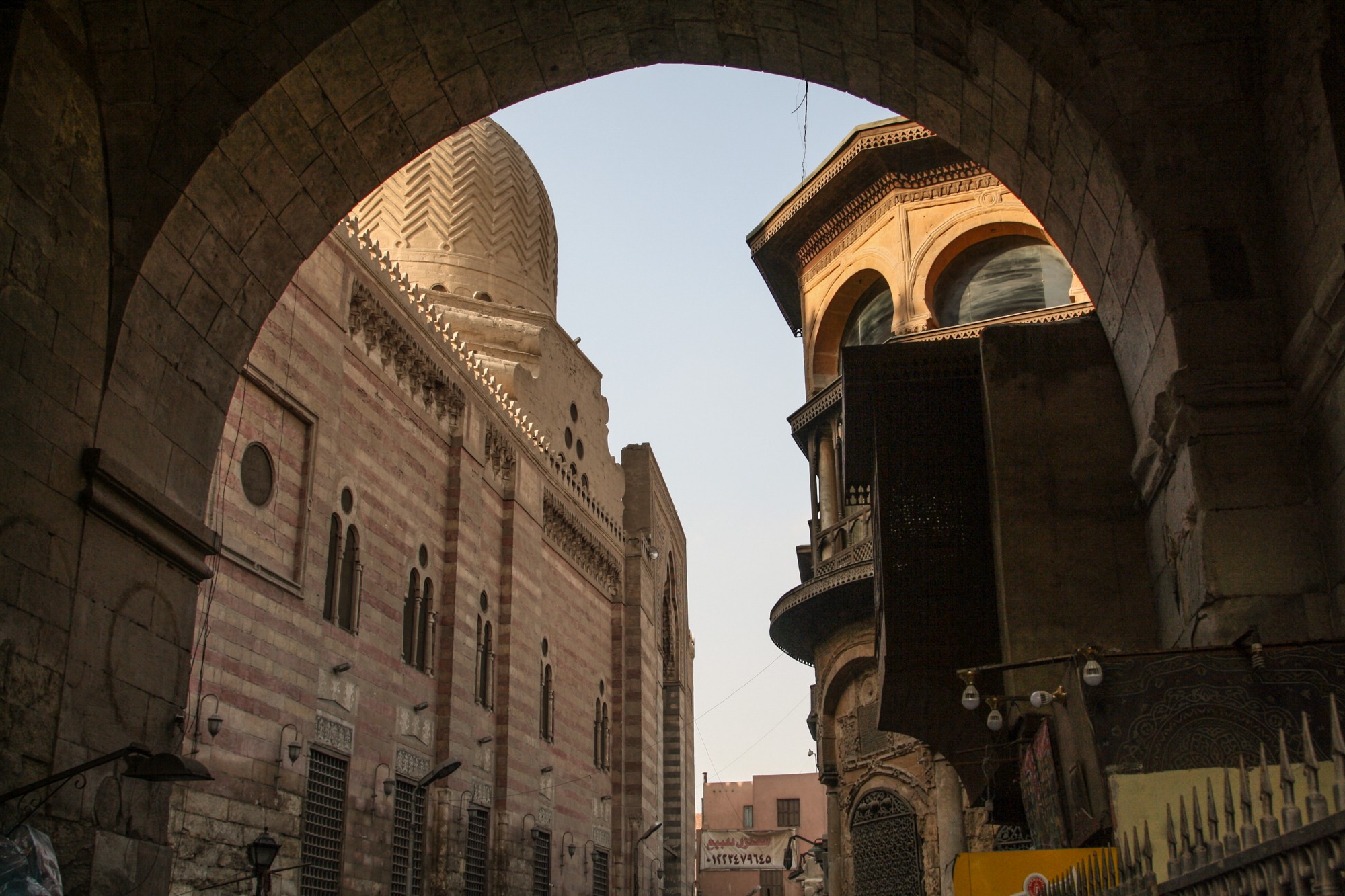
For almost a thousand years, Egypt’s coastal city of Alexandria was the country’s center of administration, and it wasn’t until the Arab conquest of Egypt in 641 AD led by Amr Ibn al-’As that the administration moved to the vicinity of what is now known as Cairo. After decades of shifting sovereignty, the new caliphal center was overtaken by the Fatimids in the year 969 under the command of al-Mu’izz li-Din Allah, who later gave it its modern name al-Qahira (meaning The Victorious), or Cairo.
Shortly into the Fatimid Caliphate of Egypt, Amr Ibn al-’As commanded his general Jawhar as-Siqilly to start building a wall around the new imperial city which was home to awe-inspiring mansions and breath-taking gardens. Although the city wall — which was completed in 971 — clearly had a defensive purpose, al-Qahira remained exclusive to the ruling elite, their staff and the army, whereby everyone else who was employed within the city walls had to return to al-Fustat — a previous center of administration and a satellite city right next to al-Qahira — at the end of the day.
While al-Qahira remained the exclusive ruling center of Egypt, al-Fustat flourished as a metropolis where economic prosperity was recognized by some of the most prominent historians of the era. Although the populous metropolis had already begun suffering from its quick expansion, the downward curve soon turned into a fatal plunge after famine, plague and natural disasters took their toll on the satellite city. All the while as al-Fustat faced its near doom, Fatimid Cairo was safe-kept within its city walls. Responding to the new situation that arised in al-Fustat, the Fatimid vizier for the first time since the birth of Cairo allowed rich merchants to move to the once exclusive city, which gave way for new markets to form within the city walls.

However, it wasn’t until the rule of Salah al-Din — declared Sultan of Egypt in 1171 — that al-Qahira and al-Fustat were united as one city which no longer shunned anyone. Now that the city was open to everyone, a new wave of social diversity and cohesion gave life and flavor to Cairo. With a bigger city at hand, Salah al-Din saw the importance of engulfing it in a new set of walls to secure and redefine the city’s growing boundaries, a plan that never materialized due to his death after which construction was never resumed.
Almost a thousand years later, the Citadel, which bears Salah al-Din’s name, remains among the most remarkable structures of his era — a grand, fortified structure which not only protected the city from invaders, but also served as the Egyptian government’s headquarters.
Although modern Islamic Cairo is no longer considered the city center, it is still one of the most populous and culturally vibrant neighborhoods of Cairo where wafts of history are eminent around each corner and behind each wall.
Modern Cairo, Gated Communities and the Promise of a Better Life
In the millennium since Cairo was founded, it has exponentially grown into a mega-city that encompasses three primary governorates — Cairo, Giza and Qalyoubia — with a rapidly growing population that amounted to an astounding 23 million in May 2017 according to the Central Agency for Public Mobilization (CAPMAS).
Decades of centralization have rendered Cairo not only the epicenter of many track-altering events in the country and the region, but a desirable haven for many aspiring youth as well.
Along with the influx of opportunity seekers, the city grew remarkably diverse and multifaceted, but also more complex — a wave of unplanned and unguided complexity that gave rise to new forms of disparity.

Despite the differences which permeate the city, the revolution in 2011 witnessed a flood of diverse masses across the country take over many public spaces side-by-side to reshape their country’s political future. Only six years later, the once-united masses are again divided by the ever growing walls of Cairo, devised by the many faces of authority, fragmenting whatever fabric is left of society.
Although the aftermath of the revolution was tainted in growing economic challenges, the real estate market maintained steady growth unlike many other markets which have fluctuated greatly. The growing need for real estate development is fathomable given the high number of annual marriages — which amounts to 969,399 across Egypt, and 155,199 in Cairo alone (CAPMAS, 2015)— but what raises both questions and eyebrows is the inexplicable boom of gated communities, a trend that takes root in the mid-90s and has seen unparalleled growth in the past decade.

Lining the main roads and highways of Cairo, endless billboards display images of what seems to be a dream life rather than a residential space, a promise that is echoed over and over again across print, TV, radio and the internet. Fed up with the over-crowded, noisy and polluted neighborhoods of the populous capital city, the turn of the millennium saw a rising interest in many of the gated communities growing along the outskirts of the city, a trend that remains particularly popular among the affluent and middle classes.

Instead of solely selling housing units in quiet, aesthetic gated communities, the real estate developers soon started selling safety which they claim lies solely within guarded walls and away from the hotspots of any political tension. With memories of unrest from the revolution and the years to follow still in wet paint, personal security soon became the prime priority of the market.
Such growing sentiments towards the dreamlike gated communities were easily further entrenched by the constant display of media content warning against the growing insecurity on the streets and the many dangers to take precautions against.
Primarily driven by sales targets, the tonality and direction of such advertisements influenced far more than the market share. The promotion of private gated communities soon took a toll on the social cohesion of the Cairene community — a point real estate developers did not stop at.
Already sold at very high prices that only a minority of the society could afford, some gated communities went as far as including the potential owners’ fashion and lifestyles to the aesthetic elements of the community. While many stories narrating this degrading trend spread across social media and through word of mouth, TV advertisements showed no interest to hide the increasingly candid classism upon which some of the gated communities are built.
From Physical to Mental: The Psychological Effect of Walls
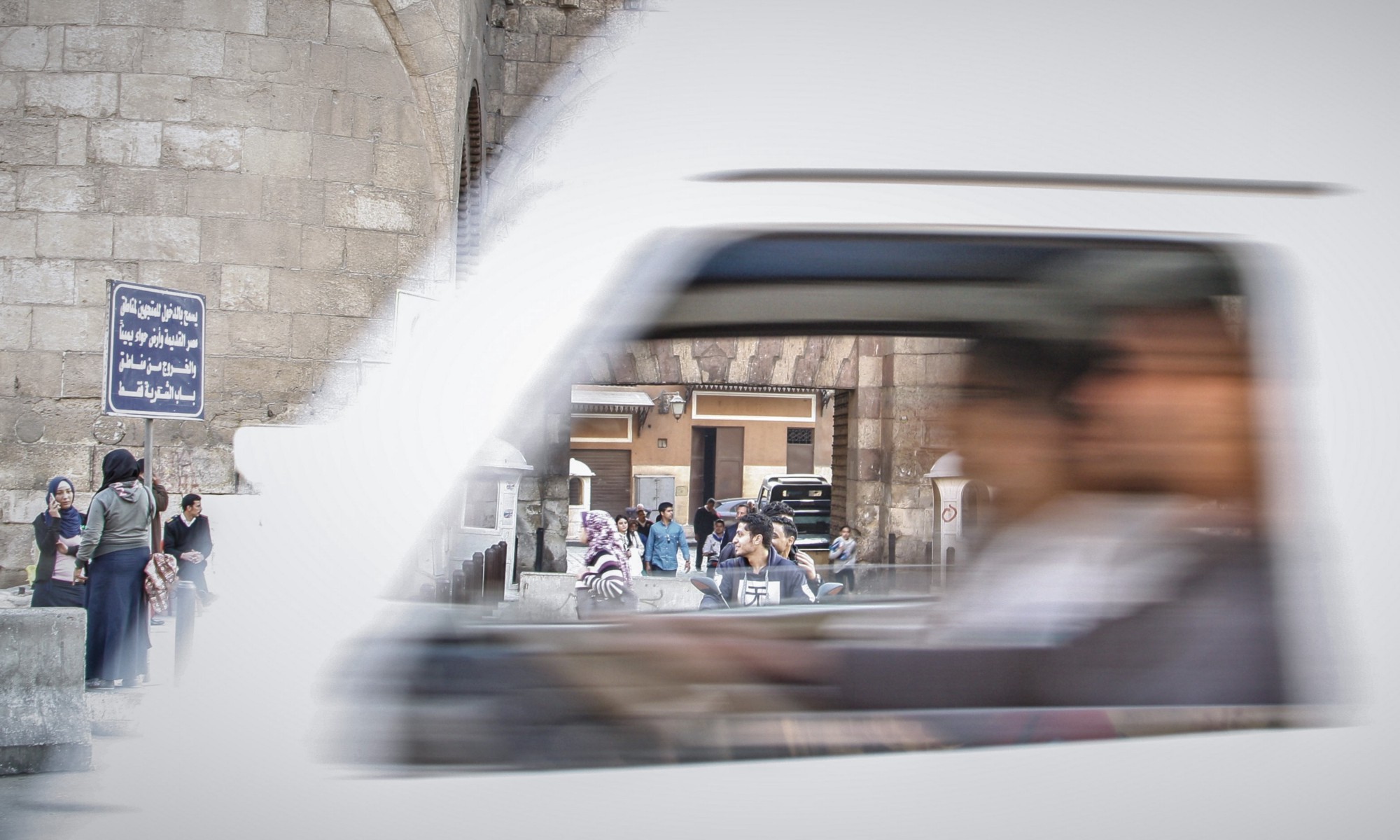
At face value, walls are physical structures that define borders and limit access. However, upon closer inspection, a wall is a manifestation of much more than meets the eye. Similar to an iceberg, wherever a physical wall is erected, a corresponding wall grows mentally, reshaping how people perceive their society and redefining the boundaries they draw around themselves.
“Like marginalities, fears define borders,” writes Eric Denis in his 2006 research on Cairo’s gated communities entitled “From Walled City to Gated Communities”. “These [new urban] policies separate and establish a hierarchy well beyond that which a simple functionalist perspective would require.”
While walls may breed sentiments that were not present before, they also legitimize and instill others which would have otherwise been kept in the shadows, accentuating the differences between people and creating a clear line that defines “us” and “them”.
On one side of the wall, people live in fear of what lies outside, equating it to disorder and chaos, or simply life standards that are not high enough for their own taste. On the other side though, curiosity rises about all that the wall conceals — a valuable asset, no doubt, that requires such amount of protection. As this game of teasing carries on, those who have been walled off begin to do whatever it takes just to get a taste of the exclusive luxuries that lie behind the wall.

It is argued that while gated communities are sold as the ultimate solution to the risks many people take refuge from, they do in fact contribute greatly to the very existence of such risks.
“[Egypt’s gated communities] generate by their very presence many profound forms of social risk, fragilization and general vulnerability that all the physical and discursive ramparts of neo-liberal geography and luxury housing would like to block out,” Denis writes in his research conclusion. “Walled communities realize, in fact, the national fragility and produce the generalized social risk they claim to secure against.”
The Many Faces of Artfully Shaming Walls
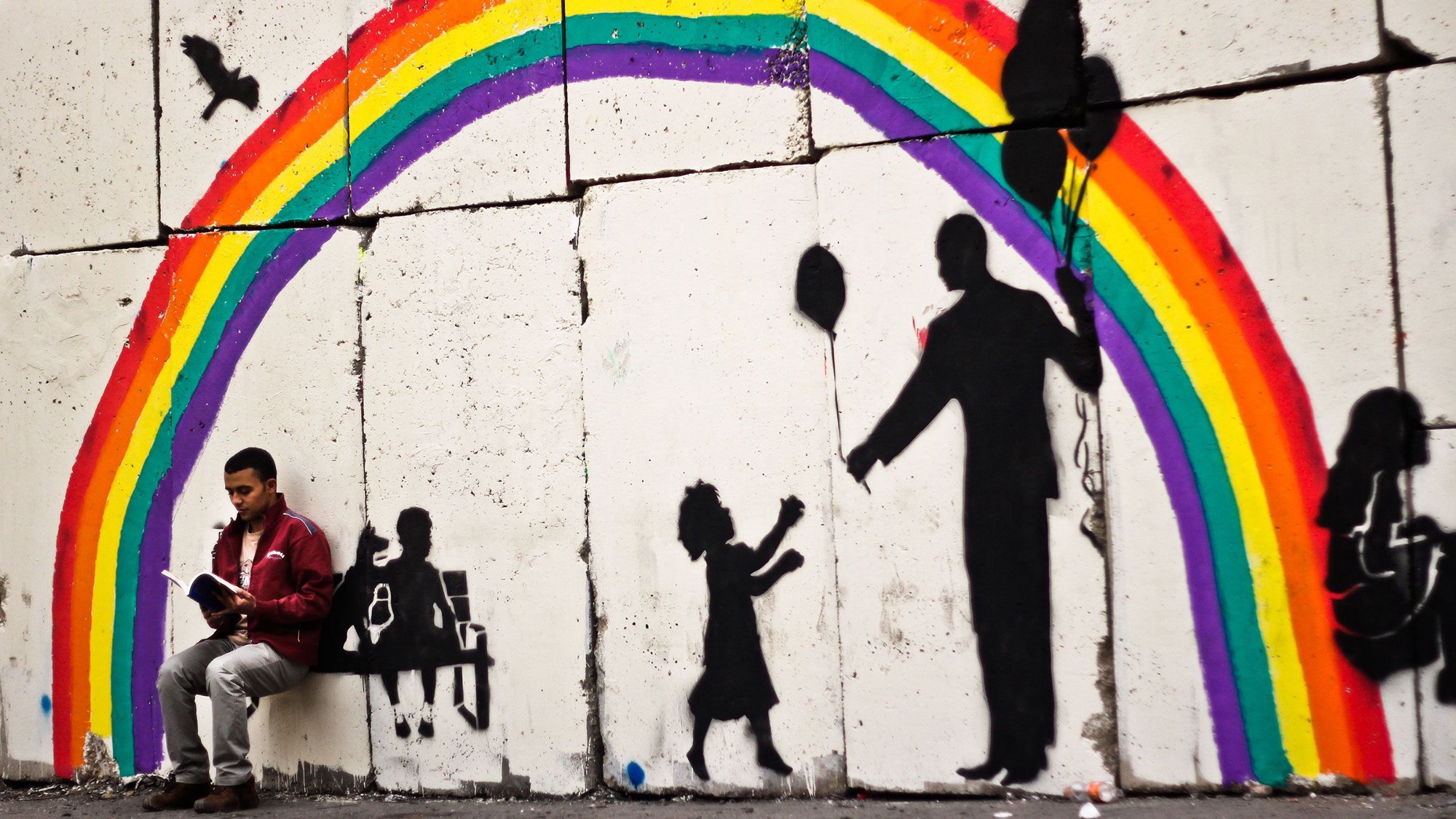
Despite the various axes of academic interest which discuss the different natures of walls and their effects on social cohesion, the topic remains neglected on the most part, garnering very little attention in the public spheres of discussion. Meanwhile, various artists around the world have taken matters into their own hands, voicing their utter frustration at walls, especially those of clear political nature, and driving attention to what the media continues to turn a blind eye to.
In times of political unrest in Egypt and the times to follow, the cement walls that were built within the vicinity of Cairo’s Tahrir Square were often the center of attention, inspiring both musicians and graffiti artists alike. While Youssra el-Hawary brought the sarcastic lyrics of Walid Taher to life through her mellow vocals and accordion, many graffiti artists turned the scorned walls themselves into canvases, using them to revolt against the status quo through art. Some of the most prominent graffiti artists of the time include Ganzeer, Sad Panda and Keizer.
Similarly, the world renowned graffiti artist Banksy continues to make unexpected appearances around the world, leaving intriguing stencil art that encapsulates the ugly truth of modern governments. Banksy has for long been an active advocate of the Palestinian case which took him all the way to the West Bank where he left some of his iconic work, reminding the whole world of the longstanding case.
In his latest move of artistic advocacy, Banksy announced the opening of the Walled-Off Hotel, which he says has “the worst view of any hotel in the world.” Situated in Bethlehem right across the wall separating Palestine and Israel, the hotel gets no more than 25 minutes of direct sunlight per day and hosts an array of the artist’s artwork depicting the daily struggles and suffering of Palestinians behind the wall.
No matter when or where walls are built, they are eventually vanquished or torn down, an inevitable conclusion that history has narrated time and time again. While some physical walls may no longer exist, the mental walls that grow along with them continue to live on for much longer, causing huge tears in the fabrics of local and international communities whence much of the violence, discrepancy and misunderstanding grow — a narrative that the Berlin wall attests to.
Walls are walls regardless of their purpose or size; once they are complete, they influence everyone around them for far longer than many people expect. If we truly have any hope for peace getting a chance at healing the many faces of tragedy in this world, we need to be more mindful of the walls that we build and take responsibility for them — if not as governments, then at least as individuals.
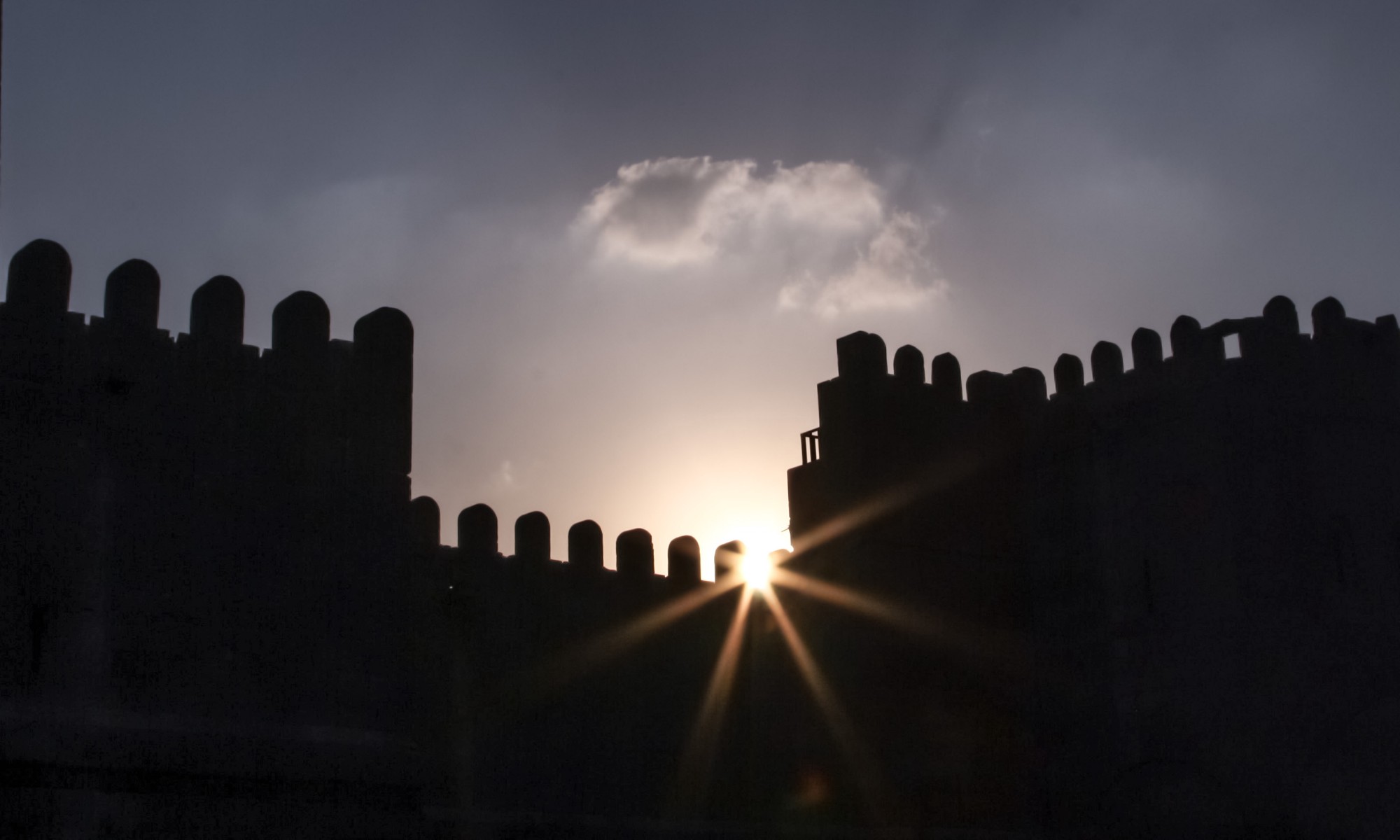


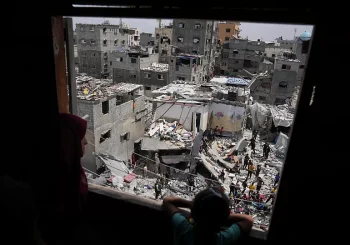


Comments (3)
[…] 1- From Gated City to Gated Communities: Evolution of Cairo’s Walls […]
[…] 1- From Gated City to Gated Communities: Evolution of Cairo’s Walls […]